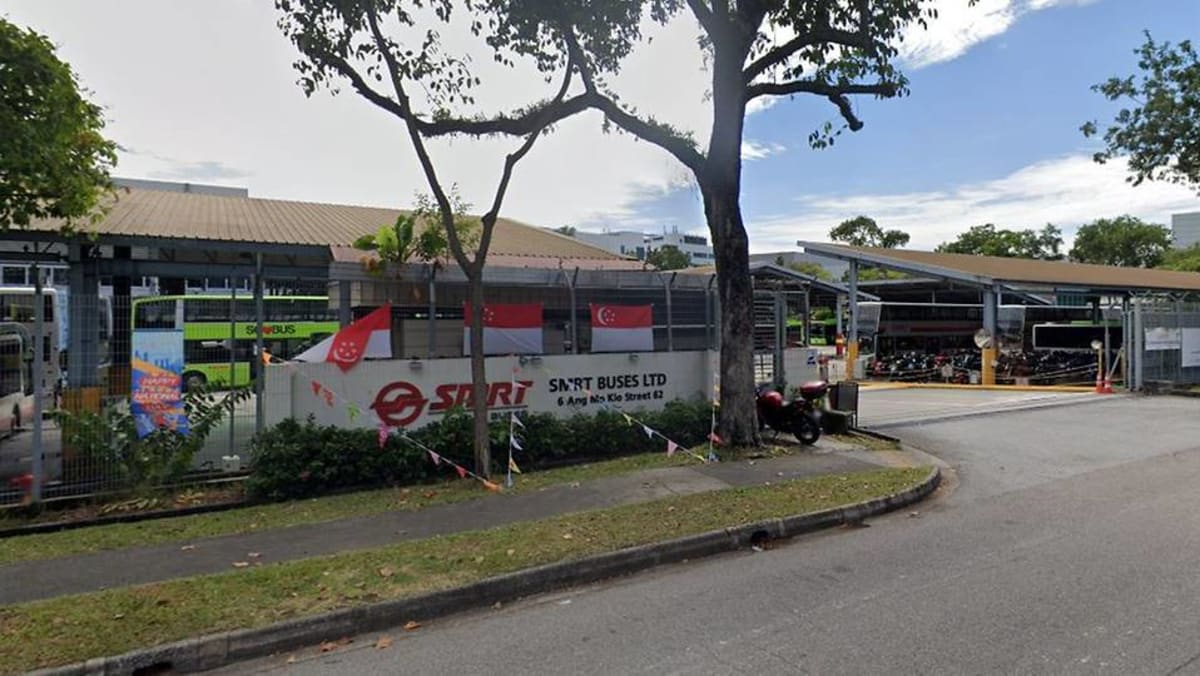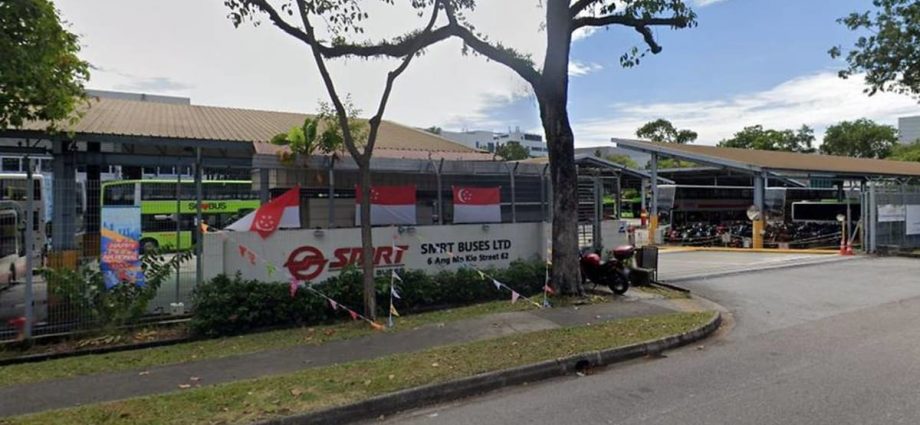
SINGAPORE: The death of a technician who was crushed by a bus he was repairing could have been avoided if the correct equipment had been used, a coroner said in findings made available this week.
Malaysian Thin Soon Fatt, 43, died in hospital on Jun 6 last year of head injuries after the bus he was repairing dropped and hit his head, causing skull fractures.
State Coroner Adam Nakhoda found Mr Thin’s death a work-related misadventure.
Mr Thin had been employed as a technician by Strides Automotive Services, earlier named SMRT Automotive Services, since March 2014.
He was the team leader involved in the maintenance of 26 buses and other electric buggies used by SMRT.
On Jun 6, 2021, Mr Thin and two other technicians were at Ang Mo Kio bus depot carrying out corrective maintenance on a bus that had a loose steering wheel.
One of the technicians, Mr Tan Kaek Seng, went under the bus to check on the steering knuckle arm while Mr Thin manipulated the steering wheel. They confirmed there was an issue with the steering knuckle and that corrective maintenance had to be performed.
Mr Tan wanted to retrieve some air-jacks and axle stands to lift and prop up the bus, but Mr Thin told him there was no need to use the air-jacks and axle stands. He suggested using two other portable scissor jacks – a Kawasaki jack and a Nissan jack – instead.
Mr Thin then went under the bus and positioned the scissor jacks in place. Mr Tan retrieved some tools needed for the maintenance and asked Mr Thin if he should get the axle stands to support the bus, but Mr Thin said it was not necessary.
Mr Tan went under the bus and completed the repairs by installing a new part. He greased the part and told the rest of the team that he was done.
Mr Thin began lowering the scissor jacks. Suddenly, the 7.5-ton bus dropped onto Mr Tan and Mr Thin, who were under the bus.
Mr Thin was struck on the head by the chassis of the bus, while Mr Tan was pinned down by a protruding part of the undercarriage. Mr Tan managed to extricate himself from the undercarriage with some help, while others pulled Mr Thin out from the bus and performed cardiopulmonary resuscitation on him.
Both men were taken to hospital but Mr Thin could not be revived.
Investigations showed that the scissor jacks had stickers on them with symbols indicating that people were not allowed to work under the vehicle when the vehicle was lifted by the jack. The Kawasaki jack and Nissan Jack had safe working load limits of 1.1 tons and 0.95 tons respectively.
The scissor jacks were not included in the approved list of tools by Strides and were overloaded when the front portion of the bus was lifted on them.
The coroner said that if the air-jack and axle stands had been used, the incident would have been avoided as the axle stands would have been able to support the weight of the bus without failing.
“This was an avoidable accident. Had the correct equipment, that is, the air-jack and axle stands been used, the accident would have been prevented,” said the coroner.
“As such, I would recommend that companies and businesses involved in the repair of heavy vehicles, ensure that technicians and workers use the correct equipment when carrying out repairs.”

